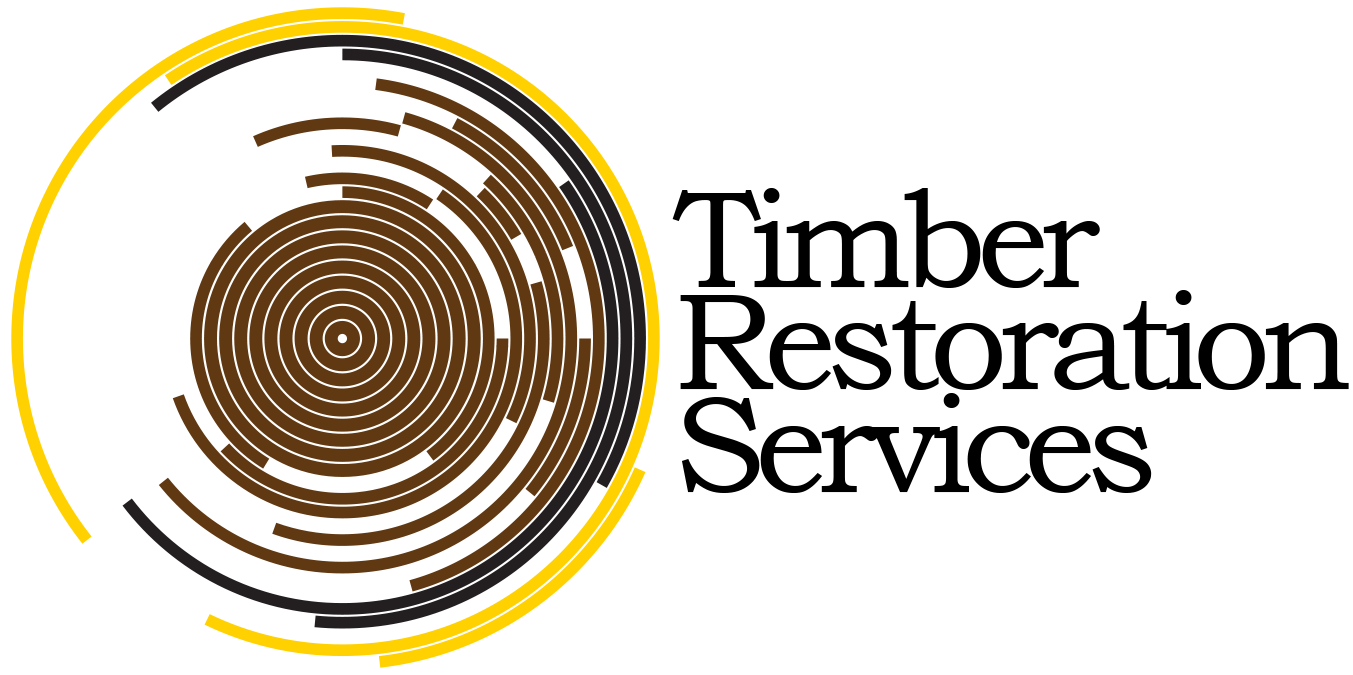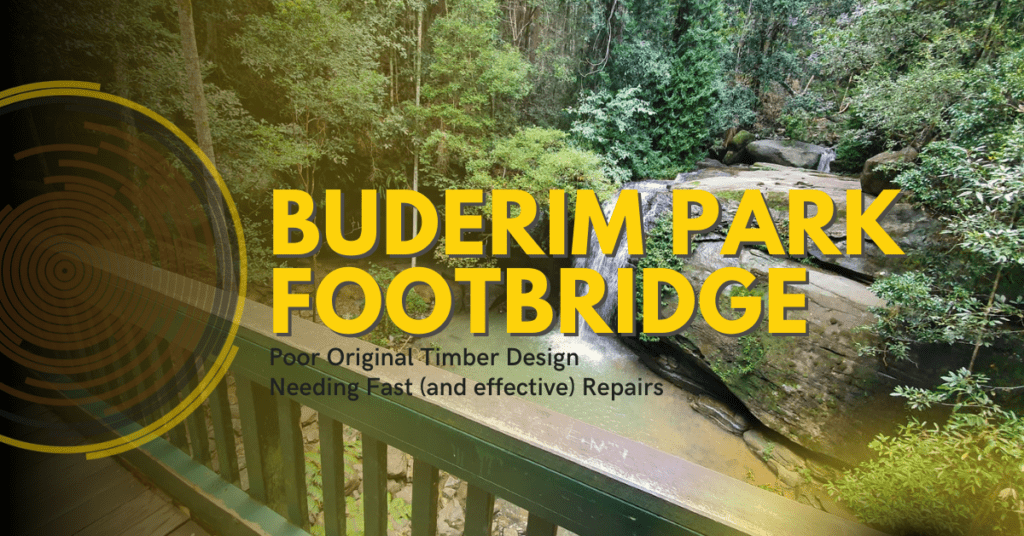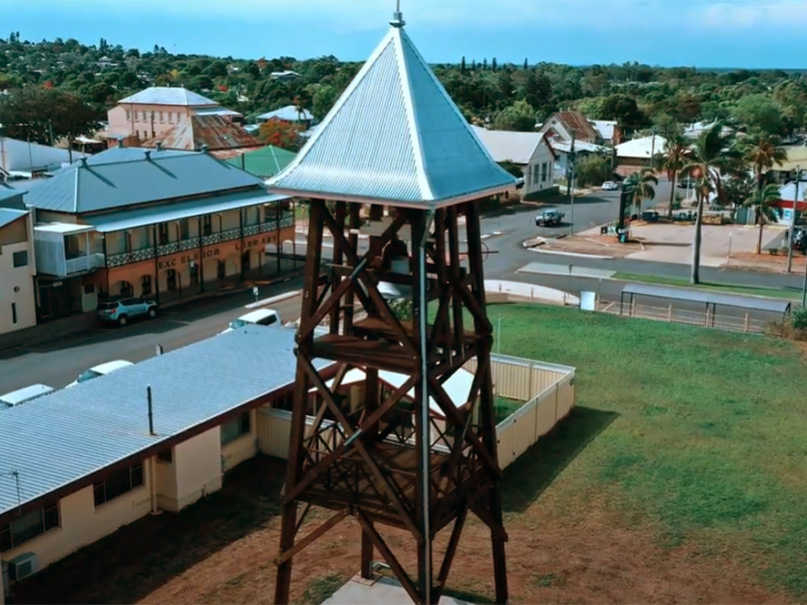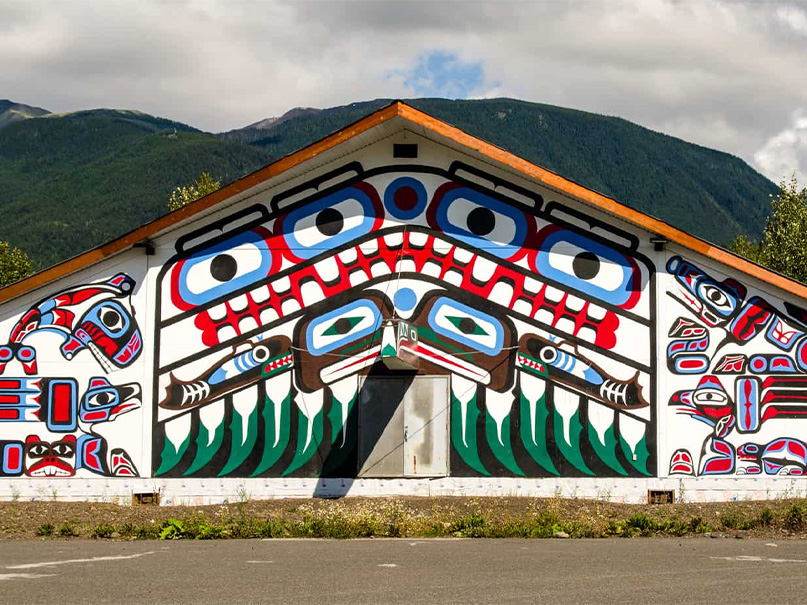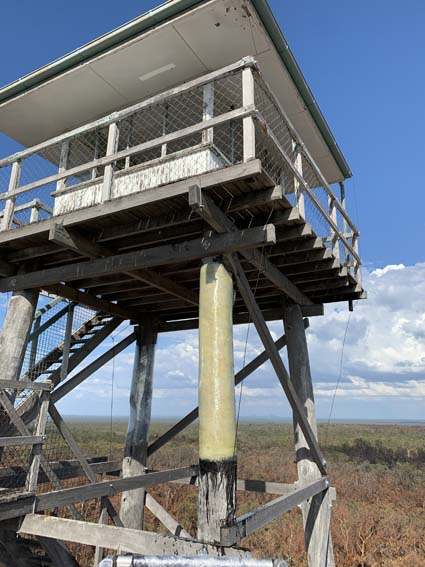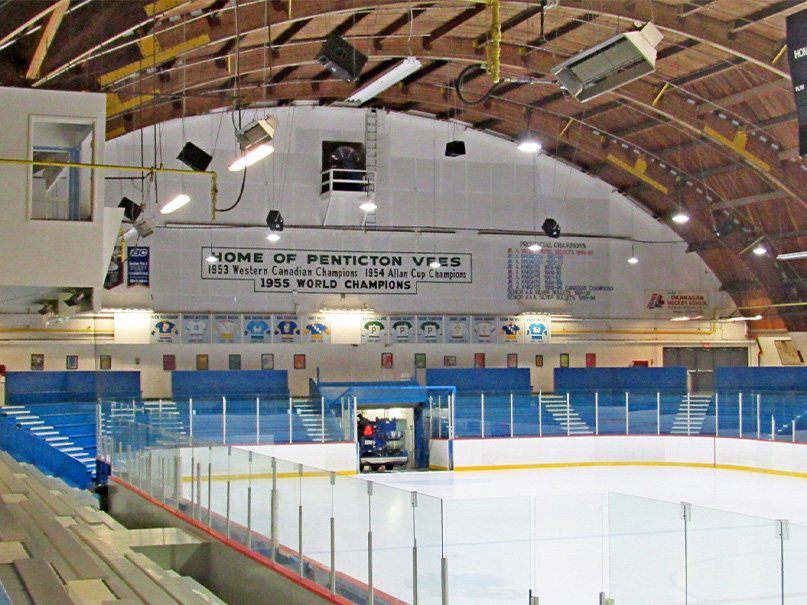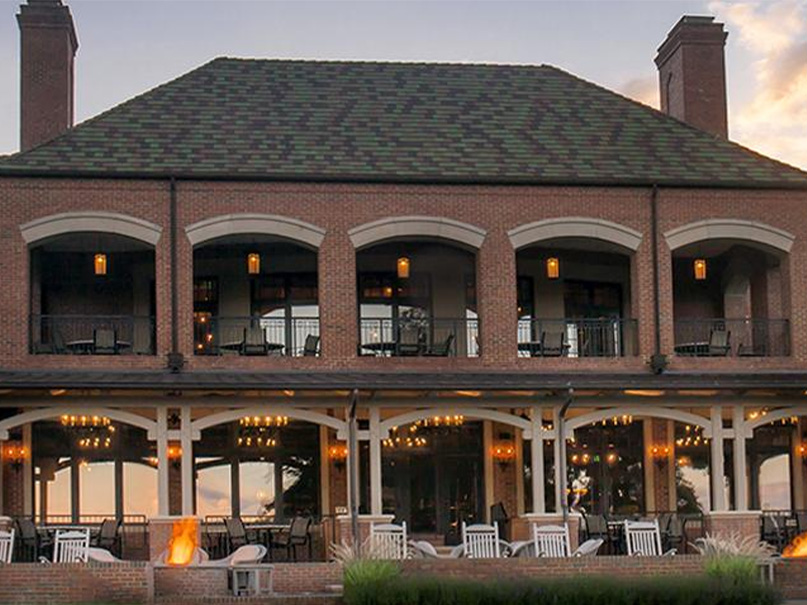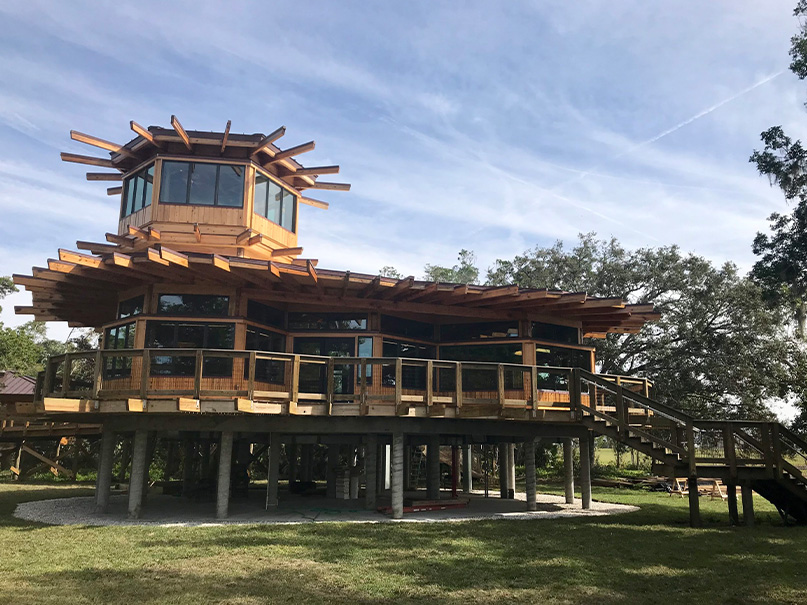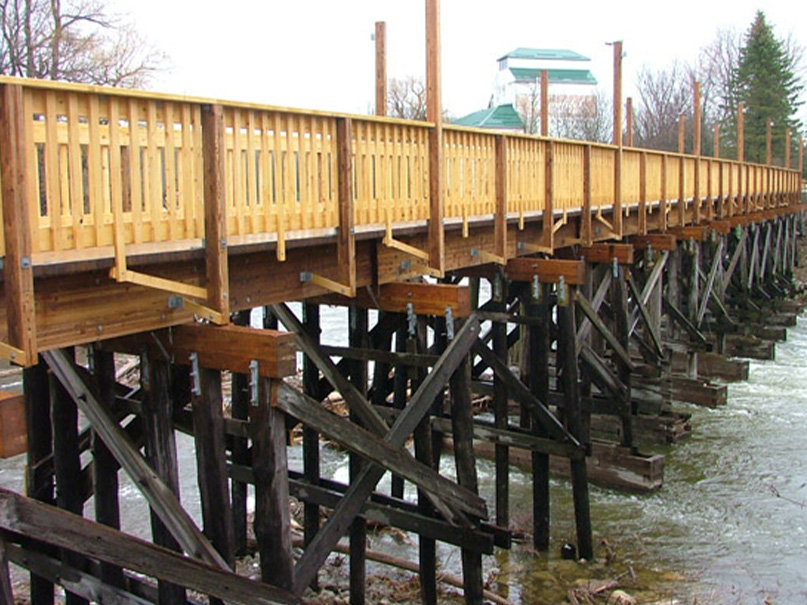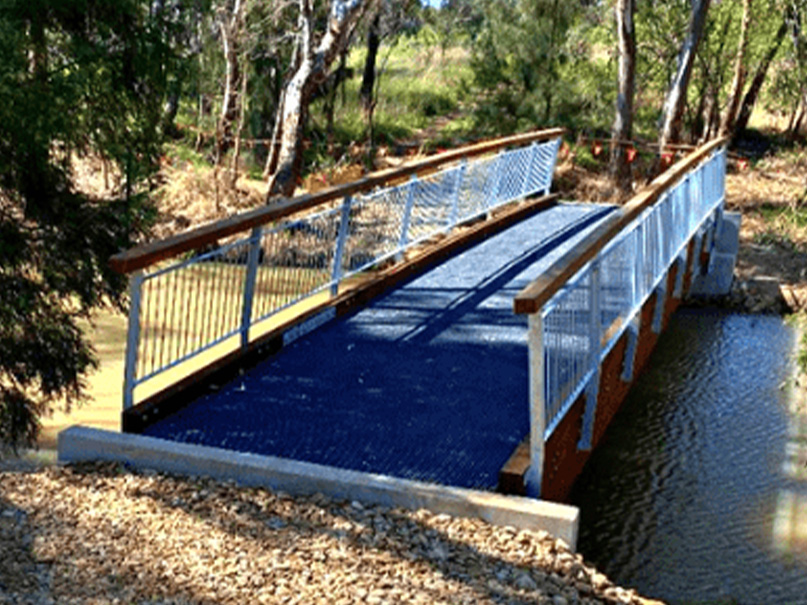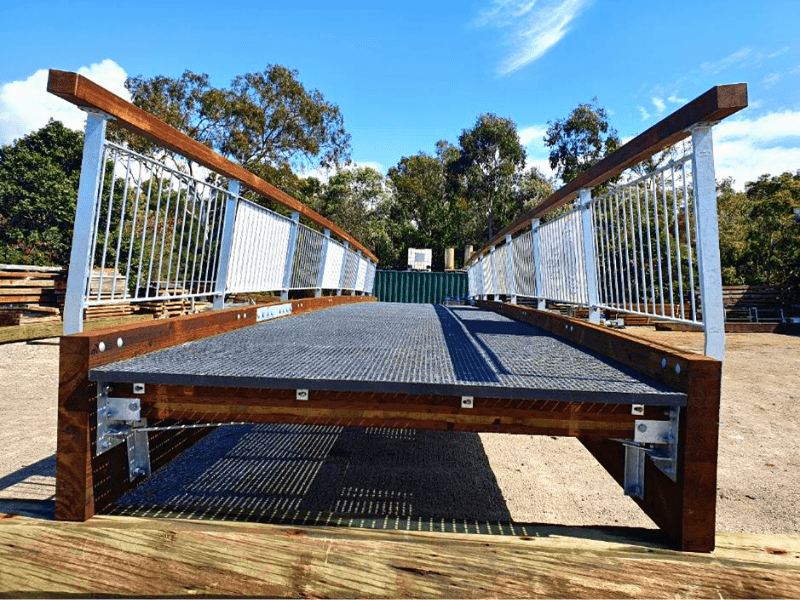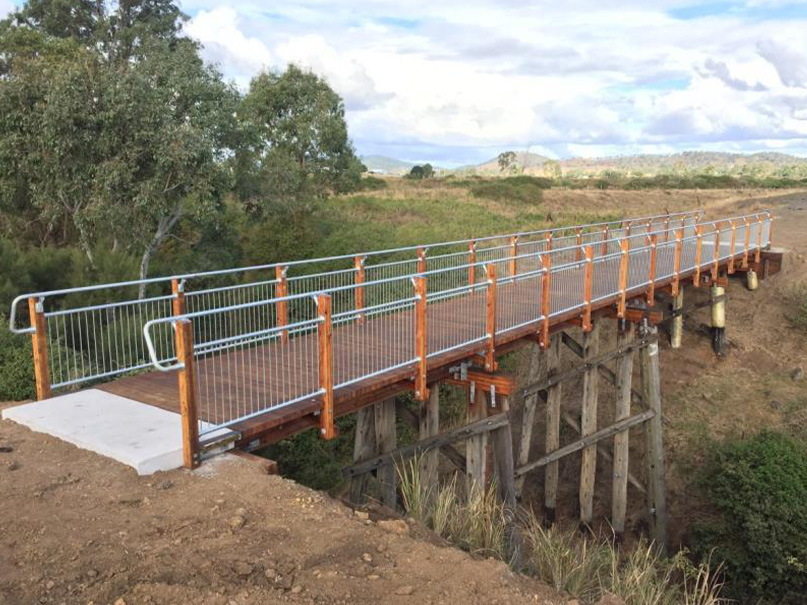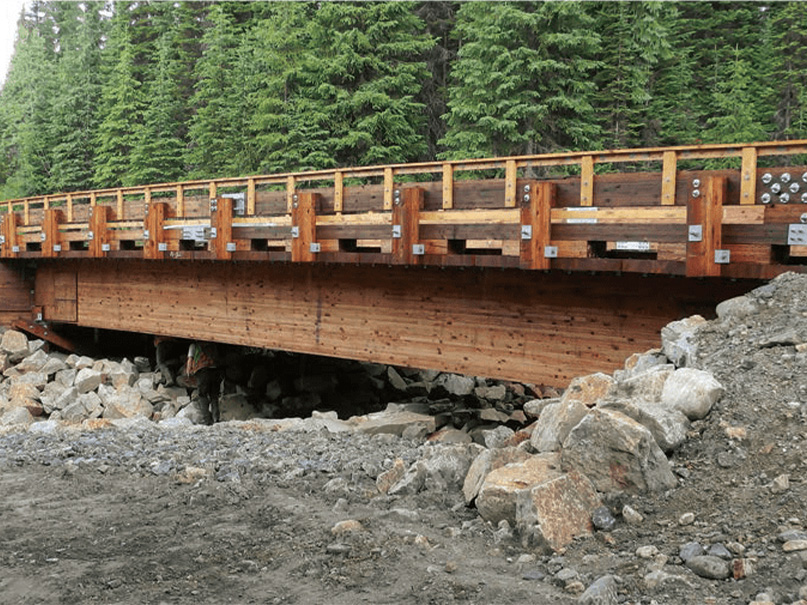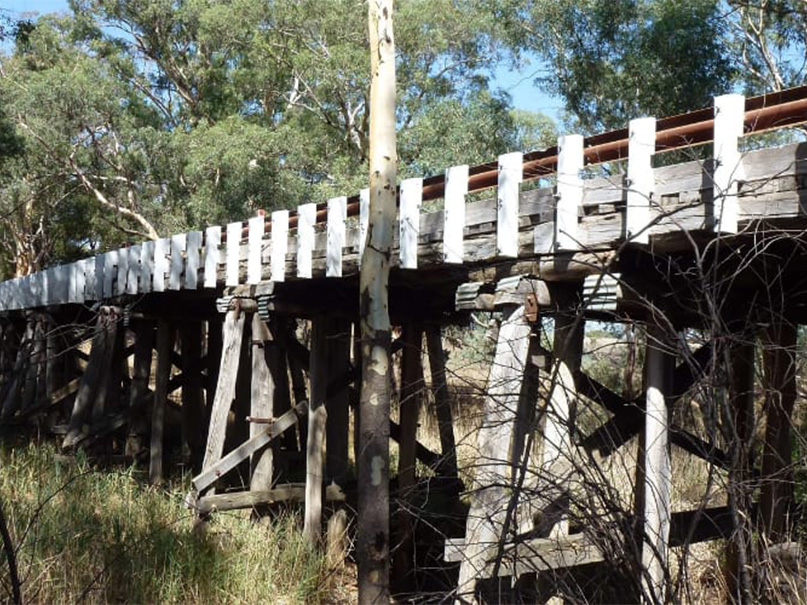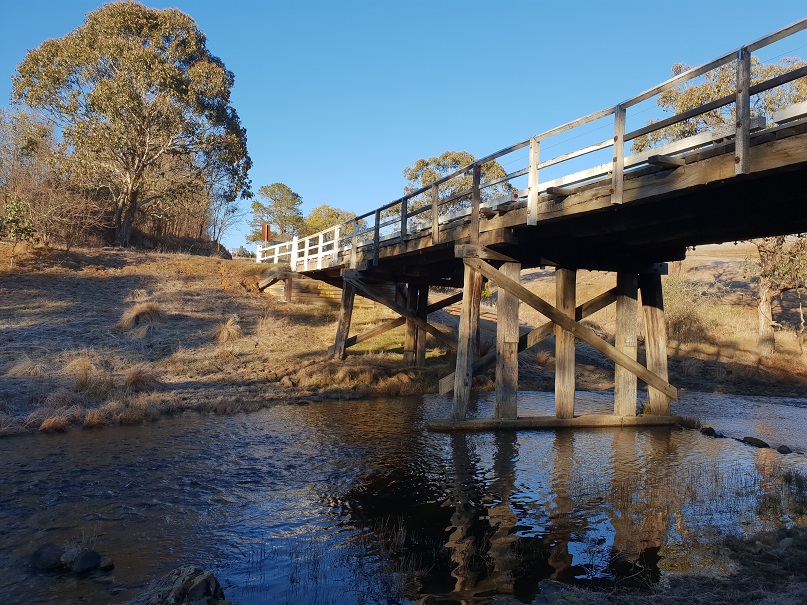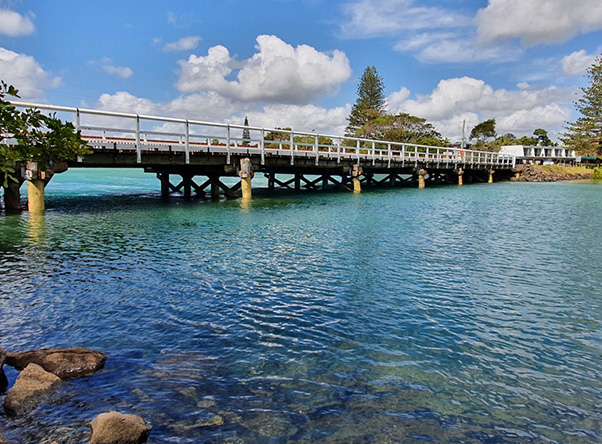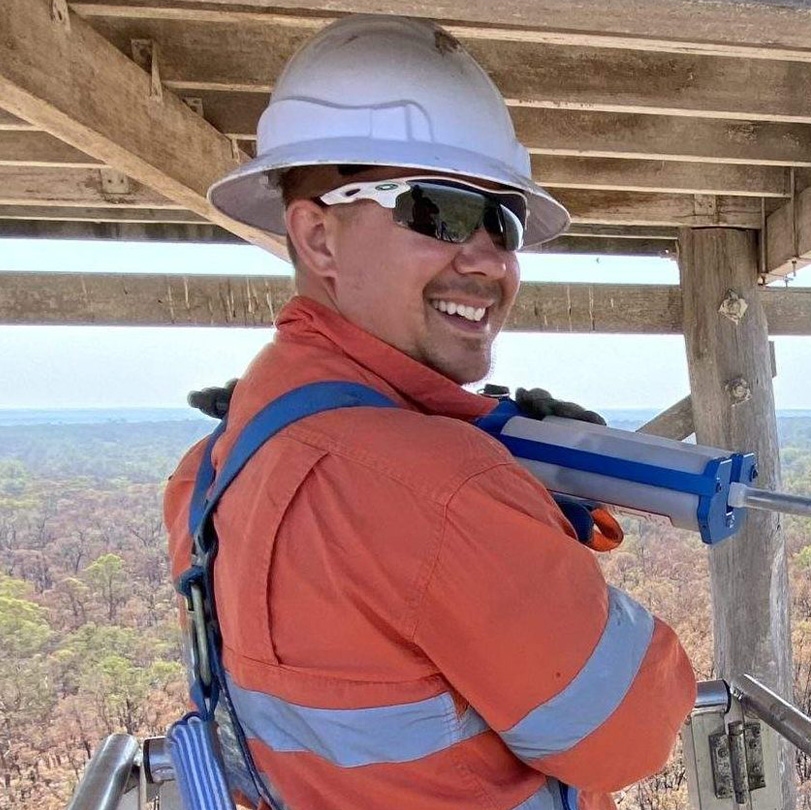Meandering through the Buderim Forest Waterfall Walk, walkers have had to cross Buderim Park Forest footbridge #10 as part of their rainforest experience. The timber footbridge spans over an ever-present bubbling creek with lush rainforest bracketing the creek. The slightly arched bridge spans 26m and is stabilised with tension cables anchored to the rock each end. Unfortunately, timber and steel elements have deteriorated over time and the bridge was closed to public foot traffic.

Beautiful Buderim Park
Sunshine Coast Council engaged Caboolture based structural engineers, Wood Research and Development (WRD) to conduct a Level III bridge inspection of the footbridge. The WRD Level III inspectors used the EPHOD® test method, a non-destructive testing regime that utilises compression waves to assess timber section’s integrity. The true benefit of non-destructive testing with compression waves is that there is no arbitrariness in the results. Unlike wood-boring where there is a subjective analysis of the wood chip extracted, the numerical data derived through EPHOD® testing has definitive relevance to the existing wood structure. The test data collected indicated the overall condition of some critical bridge elements was very poor.
The high humidity of the rainforest environment creates adverse conditions that need to be considered in the design and construction of a structure, irrespective of the material chosen. With timber, the appropriate treatment level and/or timber durability, free draining joint design and no surface penetrations such as nails, screws and through bolts are all factors to be considered. Again, irrespective of the material chosen for this bridge, maintenance and good design detailing are integral elements of the design service life of this structure especially in this damp environment.
Unfortunately, Council had no details pertaining to the bridge’s materials and design. Through the WRD laboratory, the girder timber was identified as pinus elliotii (Slash Pine) but could not ascertain if it had been LOSP treated.
The main glulam side girders had deteriorated at the joint due to leaf matter accumulation on the deck to girder interface, building excess surface moisture content. A combination of poor design detailing, high environmental moisture conditions and poor maintenance all contributed to the bridge’s degradation.

Decomposed leaf litter, moisture and dirt entrapped moisture accelerating decay effects

High moisture readings!

Recessed steel plate
Short-Term Structural Repair
With the Buderim Forest Park a popular tourist attraction, an immediate critical repair solution was provided by WRD:
• Remediate and strengthen the deteriorated girder splice connection at mid-span with high strength fibre shear reinforcement panels.
• Remediate and restore Girder 1, end 1 to full strength by injecting all cavities with structural epoxy and reinforcing with high strength fibre shear reinforcement panels.
• Replace diagonal bracing members.
• Replace any deck planks that have begun to deteriorate at the ends.
These repair solutions (albeit a short-term solutions) were the most cost-effective and rapid
methods to have the popular footbridge re-opened to the public.
Timber Restoration Services undertook the repairs commencing with lifting the deck planks to be able to access and replace the failed bracing members in bays 4, 5 and 8. These were swapped out for new members, liberally coating the end grain, top surface and joints with Copper Naphthenate oil emulsion to inhibit fungal growth.

Liberal coating of Copper Naphthenate oil emulsion soaking in
Where there was large pockets of decay and replacement was not practical, TRS treated the problem using Structurfill®, a specially formulated injectable structural wood filler and liberally coating the completed works with Copper Naphthenate oil emulsion to inhibit fungal growth.

Retroten®, installed to the underside of the girders and hot-dipped galvanised cross bracing between the external girders, effectively transferred the shear and moment forces across the splice
joint to the receiving elements. As a specially developed fibre reinforcement laminate bonded to the girder underside, Retroten® is designed to increase the tensile capacity of timber beam tension edge. For this scenario, Retroten® was used to transfer the moment forces across the joint.
Retroshear®, a specialty product with fibre reinforcement, was bonded and screwed to the inside of the girder to repair the delamination split. By bonding to both inside girders, the Retroshear® assisted in the transfer of forces across the joint. Additonal threaded rods were installed to increase the lateral stability of the bridge at mid span, unify the girder pairs and transfer stresses.
Applying Structurfill® after clean out of decay pockets

Delamination of the glueline due to excessive stress/strain occurring at the joint.

Retroten® to underside of girders

Retroshear® to reinforce the central joint and cross bracing.




Infill voids with Structurfill® epoxy
Design for Durability
The bridge was built using a deep external glulam side girder with a shallower inside beam to connect the deck boards. The glulam beams were bolted together and joined at midspan with a recessed steel plate into the side girder.
The issue with this design is that the recess created a pocket for moisture to be trapped causing decay and steel rusting. With a few simple design changes, the joint could still be structurally sound and free-draining, mitigating prolonged rusting and decay effects.

Moisture and dirt with nowhere to go
A Better Design Solution:
Eliminating moisture entrapment is the timber designer’s ultimate goal – fungi requires a moist environment to thrive. Designing sizeable space around timber elements, good air circulation around the timber members will allow for the timber to dry, water to drain away and mitigate fungal growth. Good timber construction practices such as treating and sealing cuts and drill holes are the “cherry on the cake” for long term durability performance.
Instead of bolting the internal and external beams hard against each other, a spacer gap of 25mm between the beams would have been sufficient to allow rain to drain away, air to flow around the elements and dry the surfaces. Grit and dirt would have been able to fall through, rather than be trapped. Maintenance would have been more effective, cleaning out the air gaps.
If the steel plate was positioned on the outside face of the side girder, the connection would be easy to access, with minimum moisture entrapment. If the design was for a concealed steel connection plate, a wider gap (for example 75mm) spaced between the internal and external beams would be needed for the washer, nut and thread length to be accommodated and still be accessible for maintenance. Again, the space allows for water to free drain and air to circulate.

Improving the existing design
Whilst H3 LOSP preservative treatment is deemed suitable for above ground external use, that classification of use is for applications where moisture can readily dry out and water can freely drain away. Designers, engineers and builders must realise that prolonged moisture entrapment creates a hazardous environment far more aggressive than that attributed to Hazard Level 3. Ultimately, poor design exacerbated the connection deterioration, not the timber.
Simple changes to the design would have increased the longevity of the connection, mitigating decay or heavy rust. Regular maintenance would also have increased longevity however with the existing design, it would have been difficult to clean out and check the integrity of the connection. By the simple solution of increasing the space between elements, maintenance becomes a far easier and effective tool for inspection and element longevity.
Specialty Products used by TRS
Retroshear® – specially developed fibre reinforcement (glued to a sacrificial plywood panel) that is bonded using a specialty glue against a clean freshly planed face. The fibre reinforcement face is bonded to the structural element.
Structurfill® – specialty structural wood filler that is homogeneous and isotropic.
Retroten® – specially developed fibre reinforcement (glued to a sacrificial laminate) that is bonded using a specialty glue against a clean freshly planed face.
